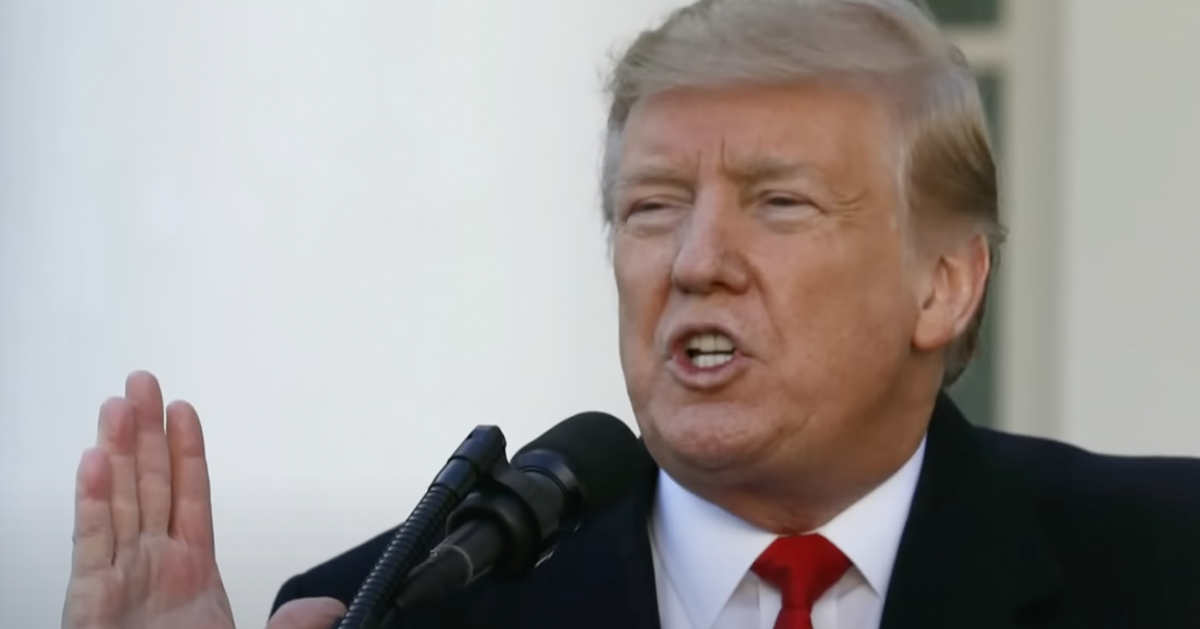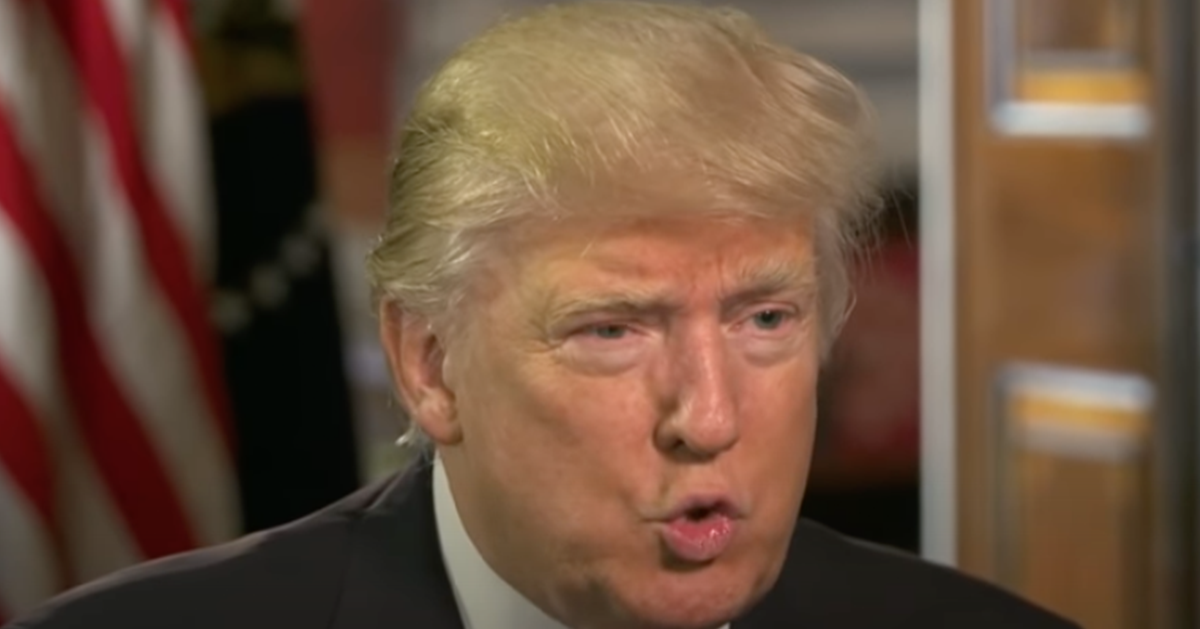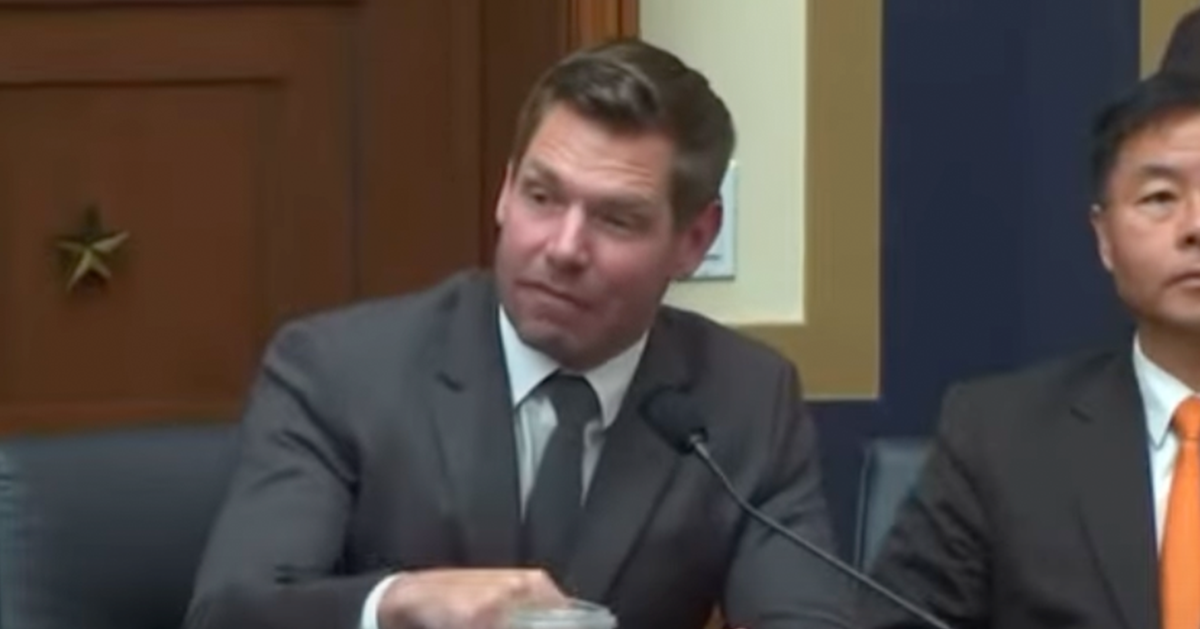Nate Silver Says 'Gut' Points to Trump Victory
In an analysis of Trump's possible path to the presidency, Silver cites a particular challenge pollsters face -- nonresponse bias.
This phenomenon occurs when certain groups, in this case, potential Trump supporters, are not adequately represented in surveys due to a lower tendency to participate in polls. This underrepresentation, according to Silver, can lead to skewed results not reflective of actual voter intentions.
Silver's Historical Predictions Set High Expectations
Silver's reputation in political forecasting is well-established. In 2008, he nearly achieved a perfect record by predicting the correct outcome in 49 out of 50 states. Four years later, he improved, successfully predicting all 50 states. These past successes underscore why his insights draw considerable attention as election day approaches.
However, not every prediction has perfectly mirrored reality. In 2016, Silver was cautious, forecasting a 30% chance for Trump, which was higher than many experts entertained.
This turn of events ultimately resulted in a Trump presidency, defying broader expectations. During the 2020 election, Silver’s models favored Joe Biden, but Trump's performance exceeded expectations in places like Florida, showcasing the difficulty in achieving prediction precision.
Nonresponse Bias Adds to Election Complexity
Understanding the potential for Trump’s resurgence requires an exploration of nonresponse bias. Silver brings attention to this phenomenon, wherein pollsters sometimes struggle to account for supporters who exhibit low levels of civic engagement and trust.
Efforts to mitigate this problem have led pollsters to modify their approaches, incorporating variables like educational background and past voting behavior into their methodologies.
Despite these adjustments, certainty remains elusive in the field of public opinion polling. The success of these methodological changes cannot be guaranteed, leaving open questions about the reliability of polls this election cycle.
Shifting Party Dynamics Influencing Polling
The balance of political alignment as election day draws closer could have significant implications. Silver mentions a shift in party identification, with equal numbers of voters now identifying as Republican and Democrat. This equilibrium diminishes what once seemed to be a steadfast Democratic Party advantage and could hint at potential outcomes similar to those in previous elections.
Adding another layer of complexity is the candidacy of Kamala Harris. Running for president, Harris navigates the dual challenges associated with her status as both a female and a Black-identifying candidate.
Silver acknowledges these hurdles, drawing parallels to the historical “Bradley effect,” a concept suggesting that poll respondents might understate their support for minority candidates due to social desirability bias, although this was notably not a barrier for Barack Obama.
Historical Lessons Suggest Potential Outcomes
Despite Obama’s historical success, the dynamics might differ in Harris’ case. Silver also introduces the notion of a “Hillary effect,” referencing how last-minute voter decision shifts negatively impacted Hillary Clinton in her presidential bid. This suggests a potential risk that undecided voters may swing against Harris, similar to Clinton’s experience.
In concluding his analysis, Silver reiterates the complexity of predicting electoral outcomes, emphasizing no absolute certainty despite statistical sophistication.
He urges caution in relying solely on intuitive feelings, reminding us that while his "gut" might suggest a Trump victory, election predictions should be rooted in data and comprehensive analysis.
As Election Day looms ever closer, the dynamics described by Silver highlight the uncertain and intricate nature of political forecasting.
Voter sentiment, polling accuracy, and evolving party identification will undoubtedly shape the narrative of the upcoming election.





